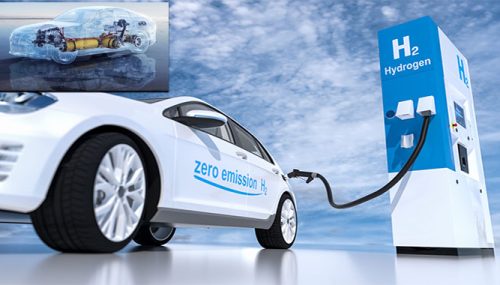Government incentives play a crucial role in driving the growth of the electric vehicle (EV) industry. By offering various financial and non-financial benefits to EV manufacturers, buyers, and infrastructure developers, governments around the world are shaping the trajectory of the EV industry. Here are some key impacts of government incentives on the growth of the electric vehicle industry:
1. Stimulating Consumer Demand
Government incentives, such as tax credits, rebates, and purchase incentives, have a direct impact on stimulating consumer demand for electric vehicles. These incentives reduce the initial purchase cost of electric vehicles, making them a more affordable option for consumers. As a result, the demand for EVs increases, driving market growth and encouraging automakers to produce more electric vehicles to meet the rising demand.
2. Encouraging Infrastructure Development
Government incentives often target the development of EV charging infrastructure by providing grants, subsidies, and regulatory support to businesses and local governments. This support is essential for building a robust and widespread charging network, which is crucial for the adoption and convenience of electric vehicles. As government incentives encourage the expansion of charging infrastructure, the barrier to EV ownership (concerns about range anxiety) is significantly lowered, further spurring the growth of the industry.
3. Advancing Technological Innovation
Incentives provided by governments can also drive technological innovation in the EV industry. Many governments offer research and development grants to EV manufacturers, encouraging them to invest in the development of advanced battery technologies, energy-efficient drivetrains, and autonomous driving features. These advancements not only improve the performance and capabilities of electric vehicles but also contribute to the overall competitiveness and attractiveness of EVs in the market.
4. Environmental Benefits and Emissions Reduction
Government incentives are often designed to promote the adoption of electric vehicles as part of broader environmental and sustainability goals. By reducing the reliance on traditional internal combustion engine vehicles, governments aim to lower greenhouse gas emissions and improve air quality. Incentives such as zero-emission vehicle mandates and emission reduction targets signal a commitment to promoting the growth of the EV industry as a means of achieving environmental benefits.
5. Economic Growth and Job Creation
The impact of government incentives extends beyond the direct influence on EV sales and adoption. By supporting the EV industry, governments contribute to economic growth and job creation. Incentives that encourage investment in EV manufacturing, battery production, and related supply chain activities can result in the creation of new jobs and businesses, contributing to overall economic development.
The impact of government incentives on the growth of the electric vehicle industry is substantial and multifaceted. These incentives not only drive consumer demand and infrastructure development but also support technological innovation, environmental goals, and economic expansion. As governments continue to implement and expand incentives for electric vehicles, the industry is poised to experience sustained growth, driving a transition toward cleaner and more sustainable transportation alternatives.



















